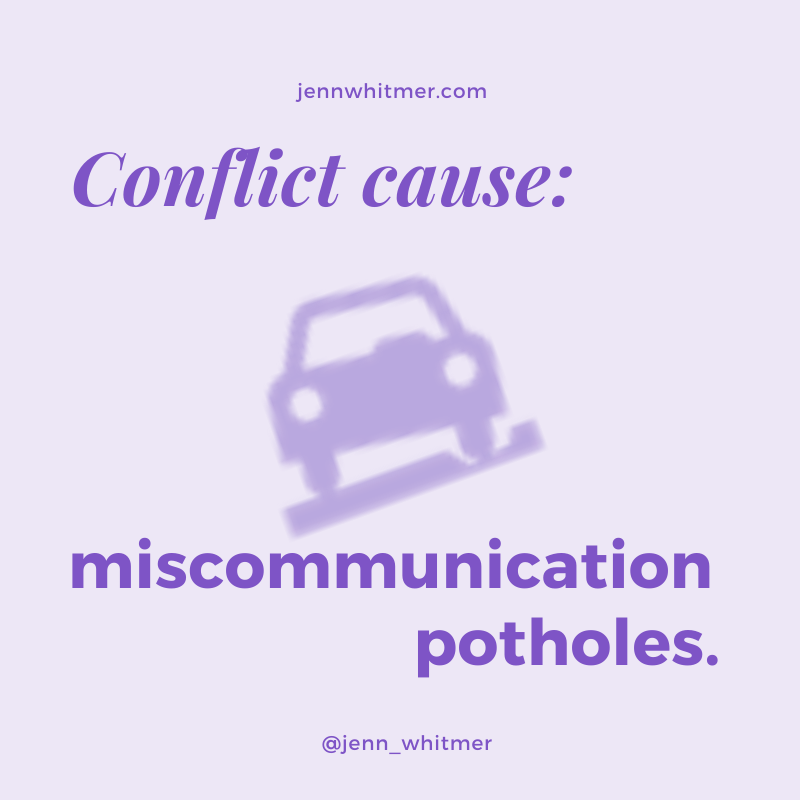Communication is about creating shared meaning. When the same word holds different meanings, miscommunication always occurs.
The dictionary definition is only the beginning of meaning.
Nuance and context for words come from cultural influences, past experiences, and personal triggers.
When people come together to work on a team, it is the role of the leader to define the cultural norms of the group. Cultural norms are just agreed upon behavior with one another. That begins with a shared vocabulary. This could be anything from the acronyms your team uses—Chandler and the WENUS anyone?—to the words we think we all know.
Once, I worked with a group of leaders to define the word respectful. What does respect look and feel like? There were eight directors in the room and nine different definitions! We set about defining the term together. They wrestled with meanings. They agreed on the meaning inside this organization. We went on to define other words, such as on time, kind, and gossip.
When words hold different meanings for different people, of course miscommunication follows! How could it not? And miscommunication is one of the most common causes of conflict.
Just think about all the time wasted, emotions whipped up, and work lost when unclear definitions lead people to assumptions that turn into conflict! No, really, pause to think about the actual hours. Consider the emotional angst and division. Ponder the great ideas never implemented.
A team will spend the time in some way. When a team takes a proactive approach to create shared meaning, they build a strong foundation of effective communication for the organization, reducing conflict and increasing productivity.
Sometimes you don’t hold the title of the leader of the team. Or you haven’t had the opportunity to sit in a room to define terms.
You can start now and help lead your team in creating shared meaning and clarifying communication with a simple tool.
A question.
As situations arise, ask questions. When meaning is unclear, here are a few ways to ask clarifying questions:
“When you say [blank], what do you mean?”
“When I hear the word [blank], I think [blank]. What do you think?”
“Can you explain more what you mean when you say [blank]?”
It’s amazing how much clarity comes from these simple questions.
If you are a leader, and someone is asking you these questions, pause. The question means there is lack of clarity and a primed listener. What an opportunity! Take the time to answer the question with patience and kindness without condescension.
Try these words:
“Thank you for asking. When I say [blank], I mean [blank]. What do you hear?”
This is an ongoing process. Establishing norms is first. Communicating those agreements in meetings and posters on the wall reinforce meaning. They only go so far—continue to clarify meaning and check for understanding.
Avoidable conflict distracts us. When a team lacks shared meaning, conflict stops productivity like potholes in the neighborhood. Clarifying vocabulary for your team is a smooth superhighway to effective communication and positive team culture.
Interested in booking Jenn for a workshop with your team? Let’s connect.

COMMENTs:
0